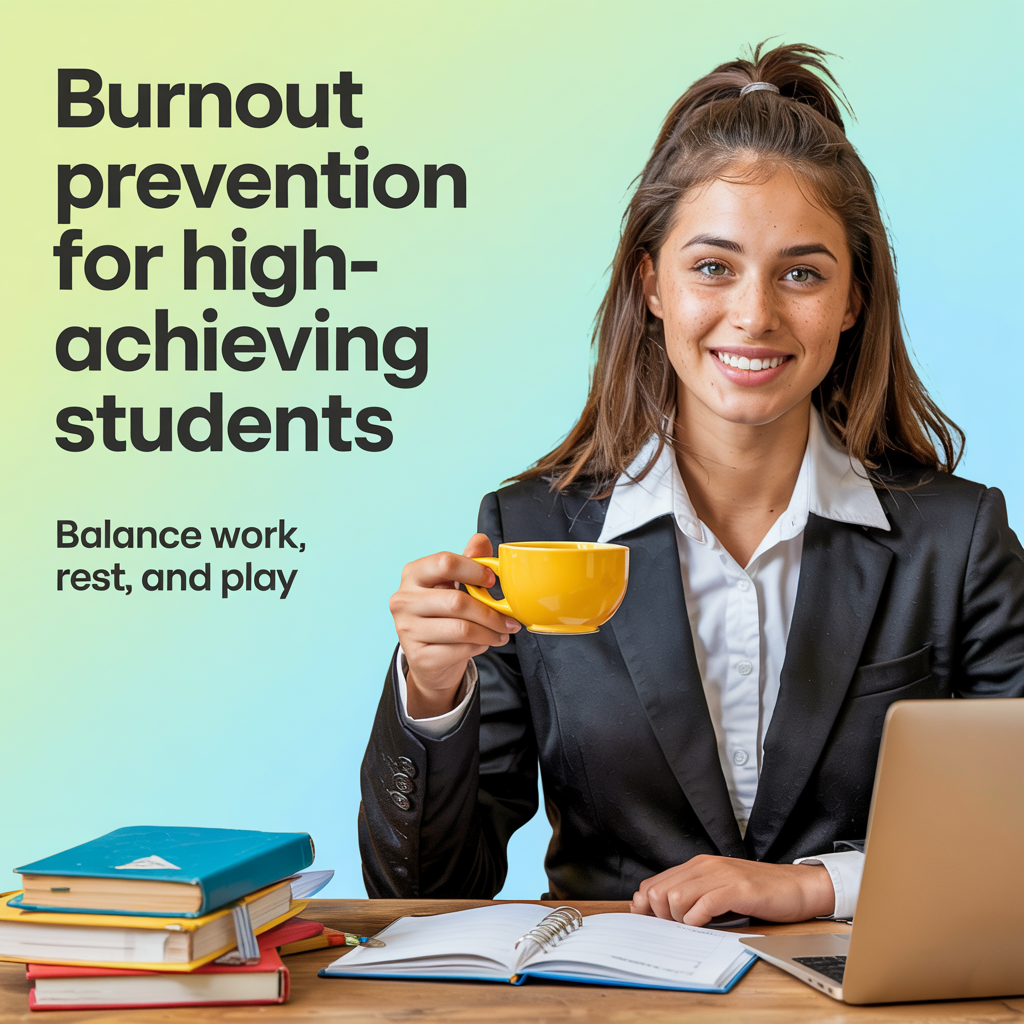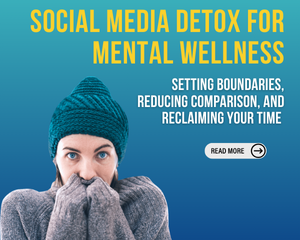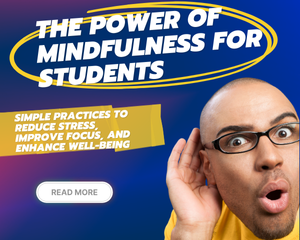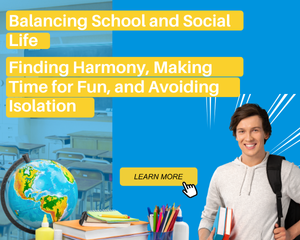Burnout Prevention for High-Achieving Students: Recognizing the Signs and Taking Proactive Steps to Recharge

High-achieving students are often driven and dedicated. They strive for excellence in academics, extracurriculars, and personal goals. However, this intense drive can lead to burnout. Burnout is a state of emotional, physical, and mental exhaustion caused by prolonged or excessive stress. It’s crucial for high-achieving students to understand burnout. Recognizing the signs and taking proactive steps to prevent it are important. This article provides burnout prevention strategies. It will help high-achieving students recognize burnout and recharge.

Understanding Burnout in High-Achieving Students
Burnout is more than just feeling tired. It’s a serious condition. It can impact all areas of your life. High-achieving students are particularly vulnerable. They often put immense pressure on themselves.
Factors Contributing to Burnout: Several factors can contribute to burnout in high-achieving students. These include:
- Perfectionism: Setting unrealistic expectations and striving for flawlessness can lead to constant stress.
- High Expectations: Internal and external pressures to excel can create a sense of never-ending pressure.
- Overcommitment: Taking on too many activities and responsibilities can lead to exhaustion.
- Lack of Balance: Neglecting personal needs and interests in pursuit of achievement can lead to depletion.
Finding balance is key. Tools like Cirkled In help students track achievements while maintaining a healthy workload, ensuring both success and well-being.
The Impact of Burnout: Burnout can have significant consequences for high-achieving students. These include:
- Decreased Motivation: A decline in motivation and passion for activities once enjoyed.
- Impaired Academic Performance: Difficulty concentrating, decreased productivity, and lower grades.
- Mental Health Issues: Increased anxiety, depression, irritability, and feelings of hopelessness.
- Physical Health Problems: Fatigue, sleep disturbances, headaches, and weakened immune system.
- Strained Relationships: Withdrawal from social activities and strained relationships with friends and family.
Prioritizing well-being is not a sign of weakness; it’s a sign of strength. Tools like Cirkled In can help students achieve their goals while maintaining a healthy balance.
Recognizing the Signs of Burnout
It’s important to recognize the signs of burnout early. This allows you to take action before it becomes severe.
Emotional Signs:
- Feeling emotionally drained and depleted
- Increased irritability and frustration
- Loss of motivation and interest
- Feelings of cynicism and detachment
- Sense of hopelessness or helplessness
Physical Signs:
- Persistent fatigue and exhaustion
- Sleep disturbances (insomnia or oversleeping)
- Frequent headaches or muscle pain
- Changes in appetite or weight
- Weakened immune system (frequent illnesses)
Mental Signs:
- Difficulty concentrating or focusing
- Decreased productivity and performance
- Mental fog or forgetfulness
- Negative self-talk and self-doubt
- Sense of failure or inadequacy
Behavioral Signs:
- Withdrawal from social activities
- Procrastination or avoidance of tasks
- Increased use of substances (e.g., caffeine, alcohol)
- Changes in eating habits
- Neglecting responsibilities
Proactive Burnout Prevention Strategies
Preventing burnout is better than treating it. Proactive strategies can help high-achieving students maintain their well-being.
Prioritize Self-Care: Make self-care a non-negotiable part of your routine. This includes:
- Adequate Sleep: Aim for 8-10 hours of sleep per night.
- Healthy Diet: Eat nutritious foods to fuel your body and brain.
- Regular Exercise: Engage in physical activity to reduce stress and boost mood.
- Relaxation Techniques: Practice mindfulness, meditation, or yoga to manage stress.
Time Management and Organization:
- Set Realistic Goals: Avoid overcommitting and set achievable goals.
- Prioritize Tasks: Focus on the most important tasks and delegate or eliminate others.
- Use a Planner: Stay organized with a planner or digital tools.
- Break Tasks Down: Divide large tasks into smaller, more manageable steps.
Set Boundaries:
- Learn to Say “No”: It’s okay to decline extra commitments to protect your well-being.
- Schedule Downtime: Make time for relaxation and activities you enjoy.
- Limit Screen Time: Set boundaries for technology use, especially before bed.
Challenge Perfectionism:
- Embrace Imperfection: Accept that mistakes are a part of learning.
- Focus on Progress: Celebrate your achievements and focus on growth.
- Practice Self-Compassion: Treat yourself with kindness and understanding.
Recharging and Prioritizing Well-being
If you’re already experiencing burnout, it’s crucial to take steps to recharge and prioritize your well-being.
- Take a Break: Step away from academic and extracurricular commitments. Allow yourself time to rest and recover.
- Engage in Enjoyable Activities: Spend time doing things you love. This could be hobbies, spending time with friends, or pursuing creative outlets.
- Connect with Supportive People: Spend time with friends and family who provide support and understanding.
- Seek Professional Help: If you’re struggling to cope, don’t hesitate to seek help from a therapist or counselor.
Seeking Support and Building a Balanced Life
Building a balanced life is essential for long-term well-being and burnout prevention.
Build a Support System:
- Friends and Family: Lean on your support network for emotional support.
- Counselors and Mentors: Seek guidance from school counselors or trusted mentors.
Practice Self-Advocacy:
- Communicate Your Needs: Express your needs and concerns to teachers, parents, or coaches.
- Ask for Help: Don’t hesitate to ask for support when you need it.
Maintain a Balanced Lifestyle:
- Prioritize Well-being: Make self-care a priority, not an afterthought.
- Find Joy in Activities: Engage in activities that bring you joy and fulfillment.
- Remember Your Worth: Your value is not solely determined by your achievements.
Prioritize your well-being and build a balanced life with Cirkled In.
Conclusion: Burnout Prevention: Recharge for High-Achieving Students
Burnout is a serious concern for high-achieving students. However, it is preventable and treatable. By understanding burnout, recognizing the signs, and implementing proactive strategies, you can protect your well-being. Prioritize self-care, set boundaries, and build a balanced life. Remember, your health and happiness are essential for your success. Don’t hesitate to seek support when needed. You can thrive as a high-achieving student without sacrificing your well-being.
Need more tips on college applications, scholarships, or just how to survive this whole process? Cirkled In has your back—check out Cirkled In resources to help you through every step of your college journey!



0 Comments